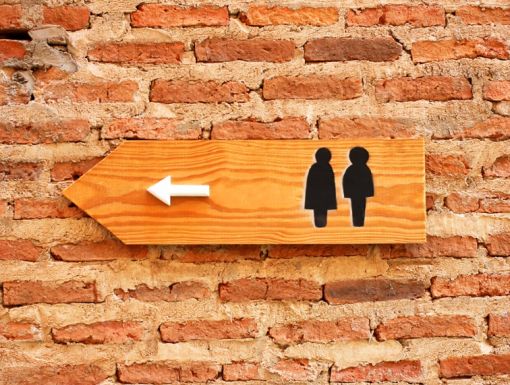
How to Handle Bed-Wetting
Your child is getting older, but the bed-wetting just doesn’t seem to be going away. This can be a stressful situation for both children and their parents. It is really important to stress that your child is not being lazy, and not doing anything wrong – this condition may purely be a developmental maturation issue that goes away over time in 99% of cases.
Definition
The medical term for bed-wetting is “nocturnal enuresis,” which is formally defined as the repeated and involuntary release of urine, only at night, in children six or older. Enuresis can be monosymptomatic (wetting only at nighttime) or non-monosymptomatic (accompanied by other lower urinary tract symptoms such as daytime incontinence, frequency, urge to void, straining, intermittency and others).
There are two different types of nocturnal enuresis:
- Primary nocturnal enuresis: Kids who have always had trouble staying dry at night and have never been dry for more than six straight months. 80% of children with nocturnal enuresis have this type.
- Secondary enuresis: Kids who develop a bed-wetting issue after previously being able to control their bladder for six months or longer
What Causes It?
Enuresis can occur as a result of a number of things, usually including hormonal issues and/or bladder overactivity.
The antidiuretic hormone (ADH) tells the body to produce less urine at night, enabling most children to get a full night of sleep without having to get up to use the bathroom. But some kids don’t make enough ADH, and their bodies produce too much urine when they’re sleeping.
In the case of bladder overactivity, there could be a number of different things happening. If a child has a small bladder, he or she may empty their bladder more frequently and at a lower volume, and constipation play a significant role in decreased bladder volume.
Most kids who wet the bed are also very heavy sleepers who are unable to wake up to void when the bladder is full.
Prevalence
Parents: you are not alone! Bed-wetting is not uncommon, and it occurs in 50% of 4-year-olds, 15-20% of 5-year-olds, 5-10% of 10-year-olds and 1-5% of 15-year-olds.
Genetics can play a role here. It’s been determined that if one parent had a bed-wetting issue, a child is 44 percent more likely to have the same issue. If both parents had a bed-wetting issue, a child is 77 percent more likely to have the issue.
Treatment
There are a couple of different approaches for treating enuresis. The first is observation. Ninety-nine percent of kids will outgrow this condition, and parents can get a moisture alarm to monitor its frequency. These moisture sensors are placed in a child’s pajamas, and triggers a buzzer to go off the moment it senses urine.
Theoretically, this should wake the child so that he or she can go to the toilet to finish urinating. In most cases, however, parents are more likely to wake up at the alarm’s sounding, who then go to wake the child to use the bathroom. Though it typically takes time, after several weeks to months, your child should start to wake up on their own and making it to the bathroom.
Sometimes the moisture alarm is not a feasible option for families. In this case, there are medications that can be prescribed. DDAVP is a pill that is designed to replace the deficient antidiuretic hormone (ADH), and slow a child’s urine production at night. Children are typically prescribed to take 1-3 tablets at bed daily, on an empty stomach.
If DDAVP alone isn’t effective, your child’s physician can prescribe additional medication such as oxybutynin, a pill developed to treat bladder overactivity issues.
Although bed-wetting can be frustrating and confusing for all involved, in the vast majority of cases, it does get better, and it is outgrown. It takes patience, and often takes a village, but remember to support, encourage and celebrate your child for even the small milestones on the journey.


